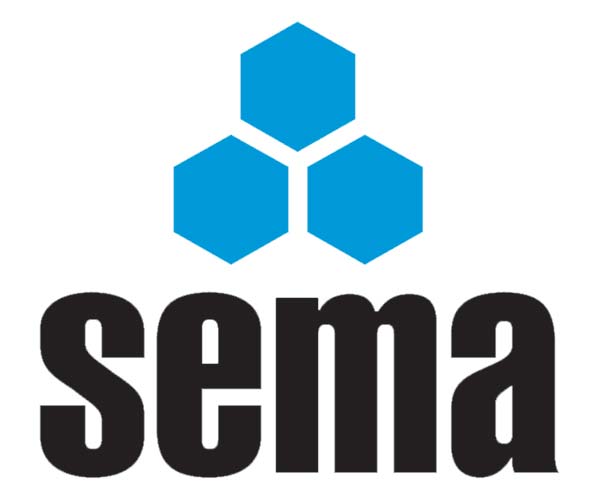The first question this month asks about correct splicing procedures and our second looks at what options are available for keeping Fit’s and pedestrians safely apart.

Correct Splicing Procedure
Q. Having recently attended the Rack Safety Awareness Course, I am currently carrying out an inspection of our racking. Several of the uprights have been spliced and I would welcome some guidance relating to this topic e.g.:
Are there rules relating to splicing?
Should the splice be at the top or bottom of the upright or does it not matter?
A. Manufacturers of pallet racking all have specific splice requirements based on the actual design and structural performance of their splice and the upright. There are no industry rules on the number of bolts or any other specific design requirements; there are only general requirements that the splice must be structurally acceptable.
If the splice design relies on end bearing between the upper and lower uprights (which mostly it does) then there will be a requirement for the quality and location of the end cut to be of a suitable standard to ensure that the uprights transfer load in bearing as designed.
You should contact the manufacturer of your racking, or their agent, and ensure that the appropriate splicing procedure is carried out.
Separating Pedestrians from Flt’s
Q. I am interested in any ideas / products that could be used to warn FLT operators when pedestrians are working within aisles between racking, or to prevent access by FLTs until the aisle is clear of pedestrians.
A. There are a number of different products on the market which address this issue. These vary from the simple traffic cone placed on the floor at the entrance to an aisle to a collapsible metal gate with a padlock such as has been seen in some retail environments where fork lift trucks are operating while the public are in the store.
We have also seen chains that are hooked across the ends of the aisle while people are present and hinged red and white arms, rather like the old fashioned railway signal, fixed to the corner upright so it can be dropped down across the aisle entrance.
All of these possibilities boil down to a specific risk assessment looking at the congestion, speed of operation etc of the particular warehouse which will perhaps then point to the best way of solving the problem
SEMA is delighted to be working with WLN on the storage Question and Answer Column which is published in WLN on a monthly basis. On the WLN website is a list of previously published columns which we hope you find useful.
Please note that SEMA Users Club members also have access to a comprehensive range of additional storage related questions and answers.
SEMA Technical Enquiries
We hope you find the articles interesting. If you have a query send it to us and we will do our best to have it answered.
SEMA Rack Safety Awareness and Inspection Courses
SEMA runs a one-day safety course on Rack Safety Awareness and Inspection. These courses are aimed at end users, giving an in-depth look at the need for inspections, how to conduct an assessment and what actions to take when this is completed.
SEMA Approved Rack Inspectors Qualification
This qualification is aimed at professionals who conduct rack surveys as an integral and significant part of their duties. It involves delegates in undertaking an in-depth SEMA Course, together with an examination and practical assessment. CPD will be an important part of the qualification, demonstrating to end users that SEMA Approved Inspectors maintain a high professional standard.
SEMA Publications
SEMA has 26 publications in stock – Codes of Practice, ‘Guides’ and European documents.
SEMA USERS Club
SEMA runs a USERS Club designed to be of benefit to purchasers and users of storage equipment. Members receive newsletters, access to specialised events and discounted rates on publications and codes of practice.




Comments are closed.